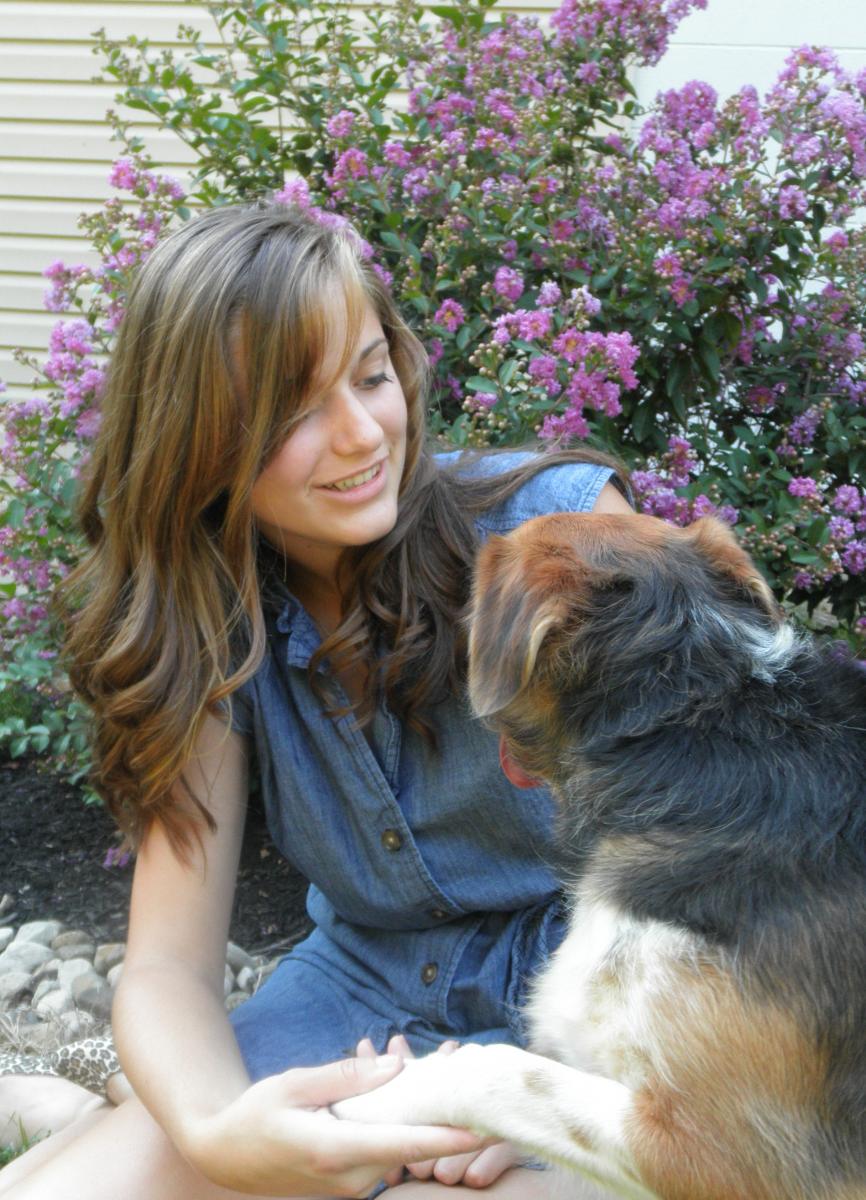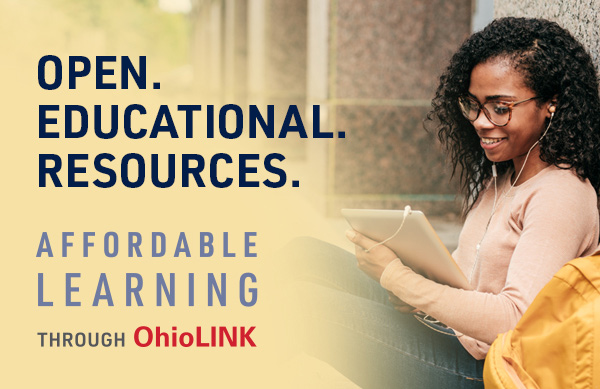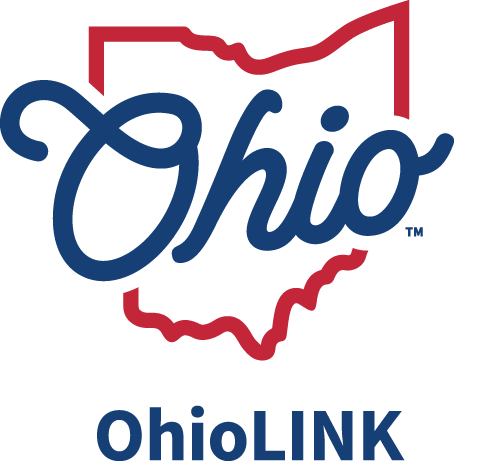
Katelyn Durbin finished high school with two years of college under her belt. She went on to complete two bachelor’s degrees and a minor in only three years at the University of Findlay. Her next step? Earning a doctorate in veterinary medicine concurrently with a master’s in public health – and she plans to do it in just four years.
That’s a lot to get done in a short amount of time. And Durbin’s rapid progress may not have happened without programs offered by the Ohio Department of Higher Education (ODHE) and eStudent Services.
Durbin’s opportunistic attitude took root in high school when, as a sophomore, her counselor told her about dual enrollment course options through ODHE. Through dual enrollment, Durbin was able to take college courses that satisfied her high school graduation requirements while simultaneously providing general education credits for her college education. For both her junior and senior years, Durbin attended college classes through Ohio State University-Newark for half of the day and spent the other half at “zoo school,” a vocational program at the Columbus Zoo and Aquarium that exposes students interested in zoological careers to hands-on classes and research projects.
By the time she graduated high school, Durbin was considered a college junior. When she arrived at the University of Findlay to begin her pre-veterinary medicine program, she was already in advanced classes, shoulder to shoulder with students who had been there for two years. While in some circles she may have been considered an overachiever, Durbin was among peers with the other students in the competitive pre-veterinary medicine program.
“I never felt like an outcast or on the outside,” Durbin said. “It was more of a celebrated thing.”
Durbin also credits eStudent Services’ eTutoring program for helping her stay on an accelerated course to a veterinary degree. She mentioned one of the challenges of being a high school student in a college class is she didn’t keep the same schedule as the other students, and often couldn’t attend study groups or in-person tutoring. When she needed help in a physics class, Durbin turned to eTutoring, offered through OSU-Newark’s membership in the Ohio eTutoring Collaborative. Through the collaborative, eTutoring is available on member campuses for all students, regardless of enrollment level, age or, in some cases, time of day.
eTutoring is available beyond the typical on-campus academic support center hours and for students who cannot make it to campus. It is important to provide a wide range of support services to ease the burden of students who come from all walks of life, said Bruce Weaver, director of the Center for Student Success at both OSU-Newark and Central Ohio Technical College.
“Since there is such a diversity of student experience and needs, the ways those needs will be met most effectively are going to have to be varied,” Weaver said.
Students using eTutoring interact with online tutors through live eChats in an Adobe Connect room to work through tough problems in real-time, using audio, video, a whiteboard and document sharing. They can also post questions or papers to be reviewed – around the clock – when an eTutor is next available.
“They don’t have to be locked in on a time when a tutor is available, so that’s kind of a great safety net or insurance policy,” Weaver said.
Member colleges and universities identify, provide and pay trained tutors for the eTutoring platform. Tutors must complete rigorous online eTutoring-specific training, approved by the Ohio eTutoring coordinator. All eTutors work with a master tutor prior to working directly with students, and many of these individuals attain the College Reading and Learning Association’s Master Tutor status. While many traditional tutors are students who also have a limited schedule, Durbin said she appreciated that the eTutors with whom she worked were professional and could give their undivided attention. eTutors are often faculty members, retired professionals or exceptional advanced students.
“Every time I went on eTutoring, they were very focused on just me or just what they were tutoring,” Durbin said. “They were more prepared in some instances.”
Weaver credited many of the OSU-Newark and COTC faculty members for touting tutoring on their syllabus or in their class. Some even go as far as to require the use of tutoring when students write papers, particularly students in non-literary majors such as biology. As anyone who has been through a college course might know, many papers are completed late at night. With eTutoring, students can submit writing to be reviewed 24 hours a day.
“I believe that what faculty value and communicate to their students is of value, and more likely to be understood as value to students,” Weaver said. “There’s no excuses that a student could say, ‘Oh, I couldn’t get into the writing center and get my paper reviewed.’”
With the jump start from the dual enrollment classes and the support she received from eTutoring, Durbin is on track to complete four degrees in just seven years. She will begin classes this fall at Tufts University in Boston – but don’t think she’s taking the summer off. She will be taking a summer class for her master’s in public health (MPH) at Tufts, interning in the pathology labs of the Ohio Department of Agriculture, as well as working at the animal hospital in Mount Vernon where her love for animal science began. And while she meticulously planned her education, Durbin is more uncertain, but optimistic, of her post-veterinary school plans.
“I’ve had a myriad of experiences. Right now with my pursuit of the MPH, I really want to go into public service, whether that be for the CDC or USDA … I don’t know where I’m going to go, honestly,” Durbin said. “I think I’d be happy anywhere.”
#
Written by Audrey Carson

